
Decoding the Ride - A Deep Dive into E-bike Mechanics
The electric bike, or e-bike, has rapidly transitioned from a niche novelty to a mainstream transportation solution. Its appeal lies in the seamless integration of human pedal power with electric assistance, creating a riding experience that is both efficient and enjoyable. This article aims to delve beyond the surface, providing a detailed technical explanation of the intricate mechanisms that make e-bikes function. We'll explore the core components and their interactions, demystifying the technology behind these increasingly popular vehicles.
Core Components: A Technical Breakdown
Motor:
E-bike motors, typically brushless DC motors, convert electrical energy into mechanical motion. The physics behind this involves electromagnetic fields interacting with permanent magnets and wound coils.
Hub motors, located in the wheel hub, offer simplicity but can affect weight distribution and handling. Mid-drive motors, positioned at the crank, provide superior torque and efficiency by leveraging the bike's gearing.
The control of these motors is crucial, often using field-oriented control (FOC) for precise torque and speed regulation.
Battery:
Lithium-ion batteries are the industry standard, relying on electrochemical reactions to store and release energy. Battery management systems (BMS) are essential for monitoring cell voltage, temperature, and current, ensuring safety and optimizing performance.
Factors affecting range include battery capacity (Wh), rider weight, terrain, and assist level. Energy consumption is calculated based on motor current and voltage, and factors like rolling resistance and air resistance impact overall efficiency.
Charging circuits utilize specialized controllers to regulate current and voltage, ensuring safe and efficient charging.
Controller:
The controller acts as the e-bike's central processing unit, executing complex algorithms to manage power delivery.
Control strategies like FOC optimize motor efficiency and responsiveness. Communication protocols such as CAN bus or UART facilitate data exchange between the controller, sensors, and display.
Sensors:
Cadence sensors detect pedal rotation, triggering motor assistance. Torque sensors measure the force applied to the pedals, providing proportional assistance.
Sensor placement and accuracy are critical for responsive and intuitive power delivery. Sensor data is processed by the controller to determine the appropriate motor output.

Assist Systems: From Input to Output
Pedal Assist (PAS):
PAS systems use sensor data to calculate the required motor output. The relationship between pedal input and motor assistance can be represented by mathematical curves, allowing for customization of the riding experience.
Different PAS curves provide different levels of support, from light assistance for extended range, to strong support for steep inclines.
Throttle Assist:
Throttle-based power delivery is controlled electronically, with safety features like speed limiting and automatic shutoff.
The electronic control allows for variable power output, similar to a motorcycle.
Riding Modes:
Different riding modes modify the controller's behavior, altering power output and battery consumption.
Power mapping involves adjusting the motor's torque and speed characteristics to optimize performance for specific riding conditions. User interfaces provide intuitive mode selection.
Power Delivery: The Physics of Motion
Motor Engagement:
The timing and smoothness of motor engagement are crucial for a comfortable riding experience. Modern e-bikes employ sophisticated control algorithms to minimize jerkiness.
Freewheels or clutches allow for seamless transitions between pedal power and motor assistance.
Power Distribution:
The drivetrain plays a vital role in transferring power to the wheels. Gear ratios affect motor efficiency and torque output.
Analyzing the forces involved in power transfer helps optimize the design of the drivetrain.
Regenerative Braking (if applicable):
Regenerative braking systems convert kinetic energy back into electrical energy, recharging the battery. The physics behind this involves using the motor as a generator.
The efficiency of regenerative braking systems varies depending on the motor and controller design.
Maintenance and Longevity
Battery: Proper charging and storage practices are essential for maximizing battery life. Avoid extreme temperatures and deep discharges.
Motor/Controller: Regular inspections and cleaning are necessary to prevent damage from dirt and moisture. Troubleshooting common issues requires an understanding of the electrical system.
General: E-bikes have unique maintenance needs, including checking electrical connections and updating firmware.
Future Trends: The Cutting Edge
Emerging technologies include smart features like GPS tracking, remote diagnostics, and AI-powered assistance. Advancements in battery technology and motor efficiency will further enhance e-bike performance.
E-bikes represent a sophisticated fusion of human and electric power, relying on intricate electronic and mechanical systems. Understanding the technical aspects of their operation enhances our appreciation for these remarkable vehicles and their potential to revolutionize transportation.




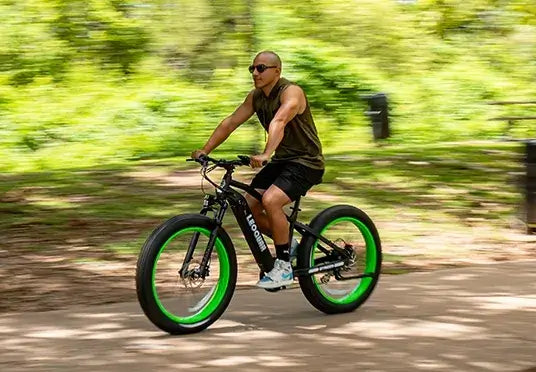
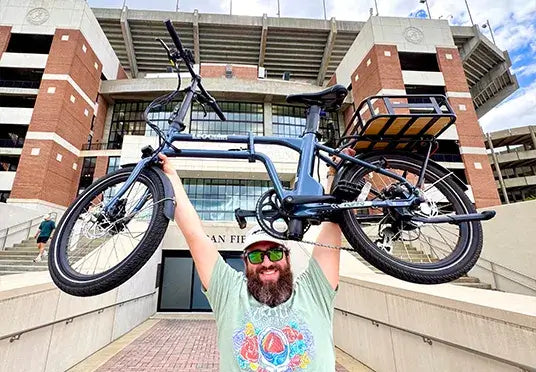

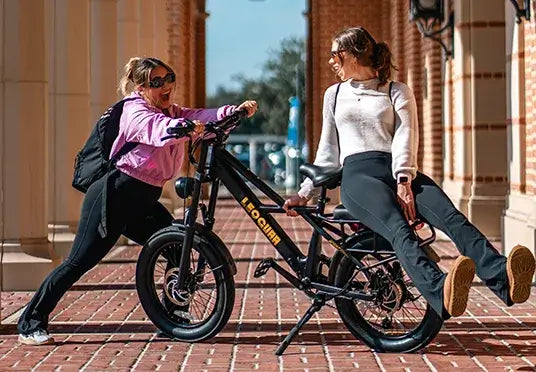
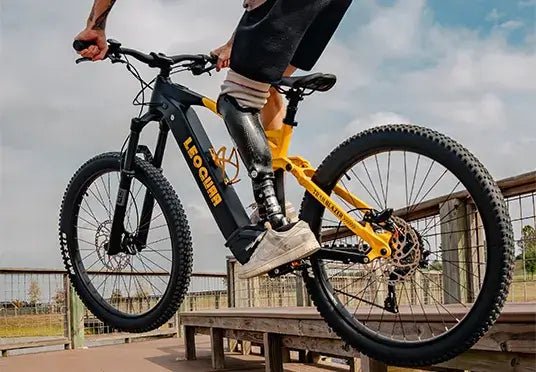

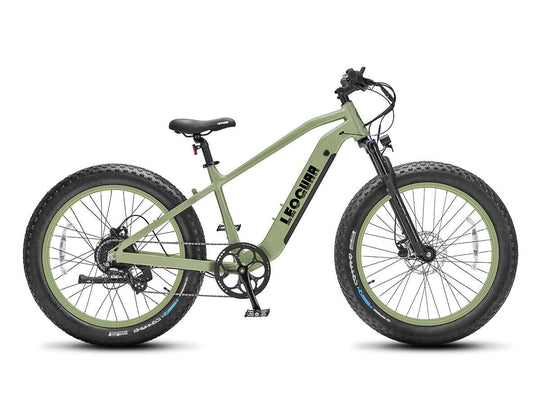
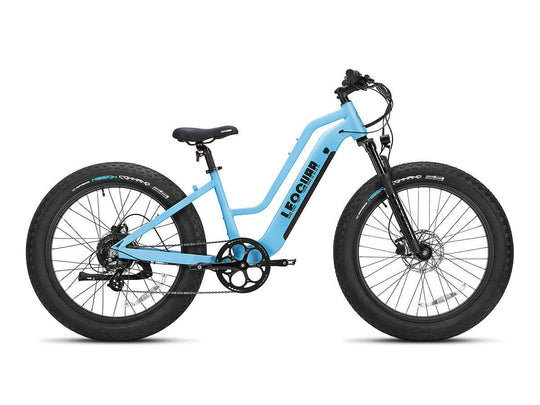
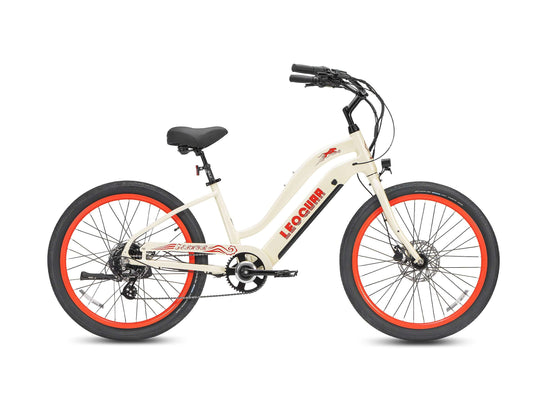
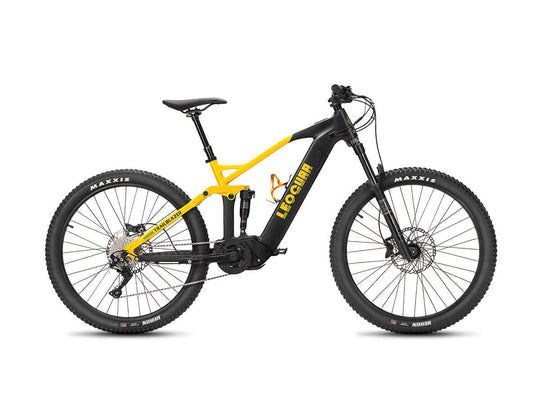

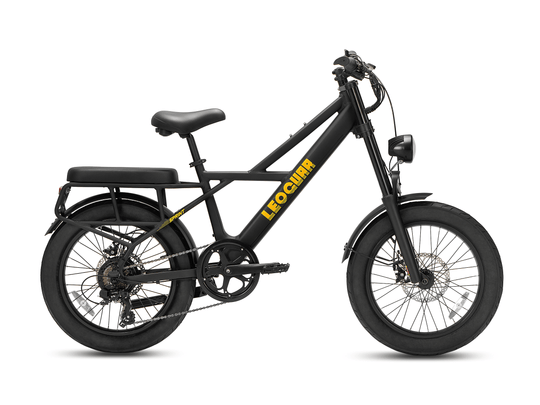
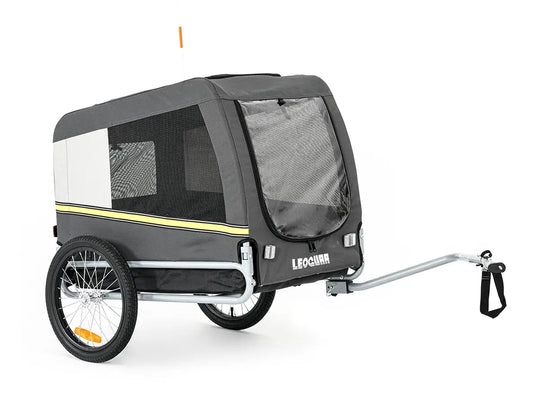
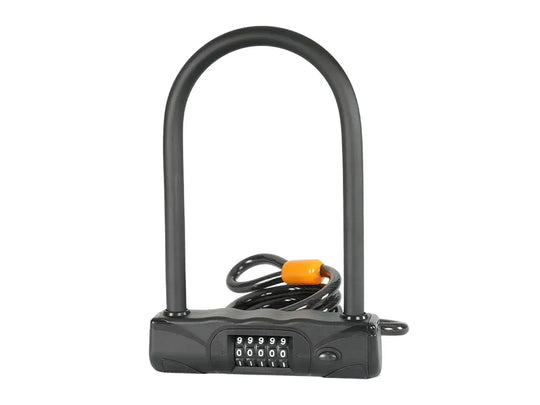

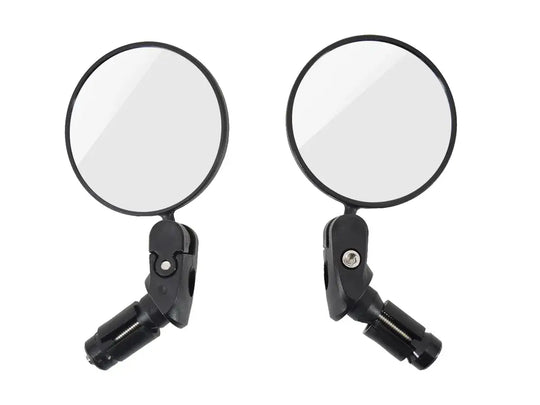
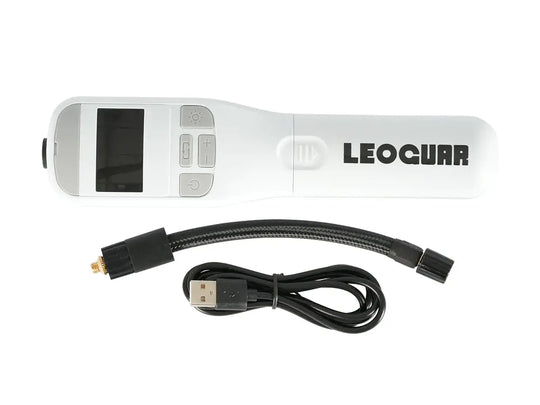
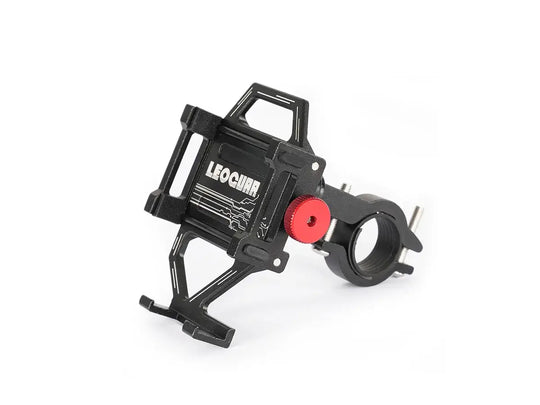
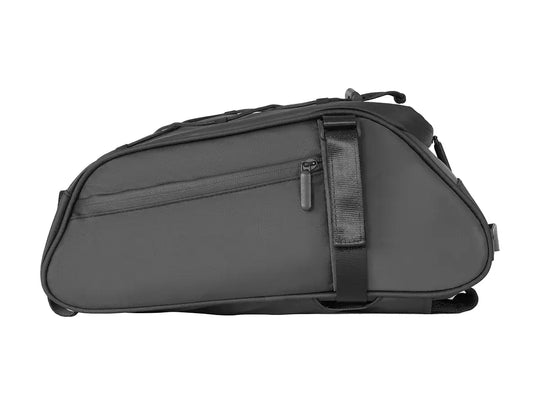
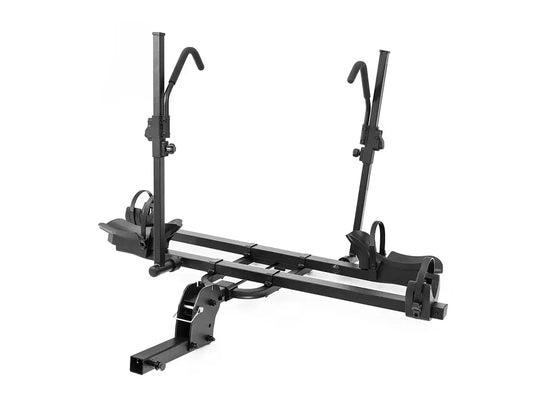
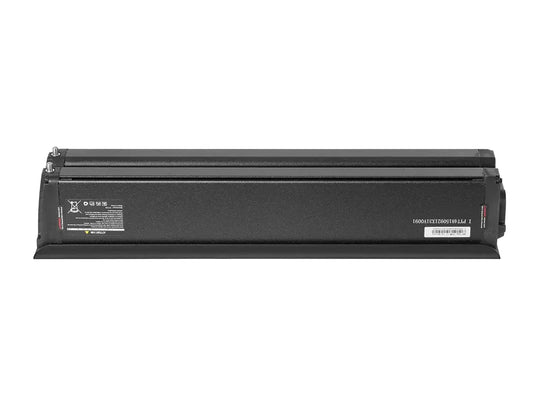

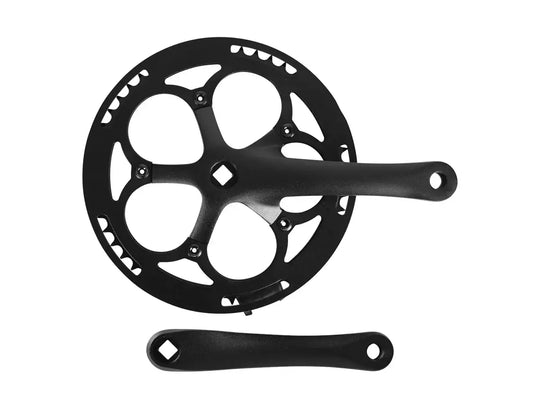
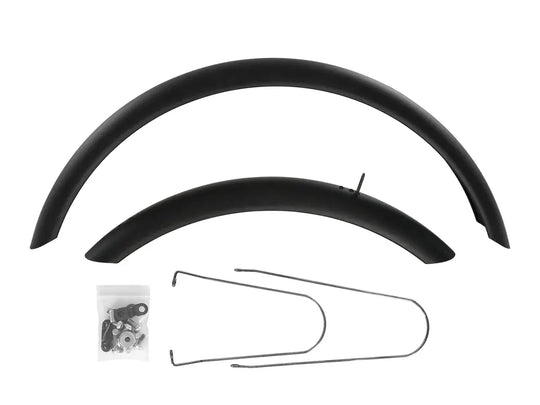
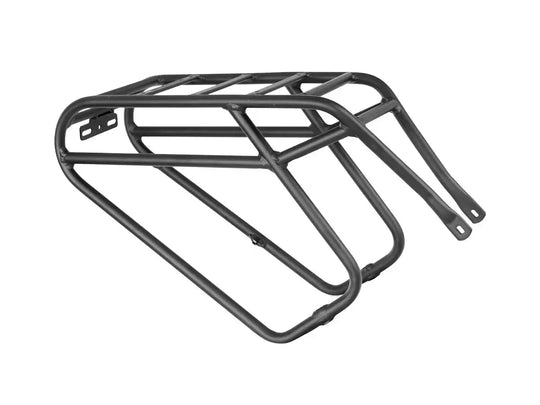
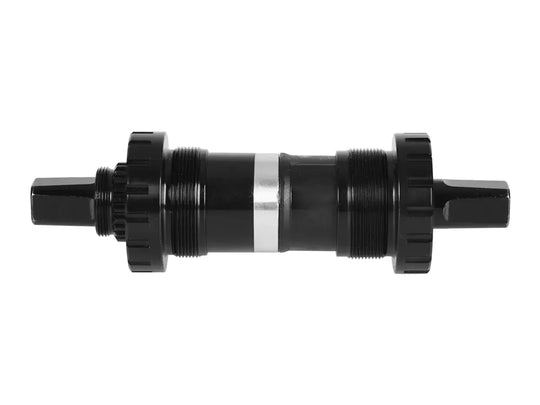
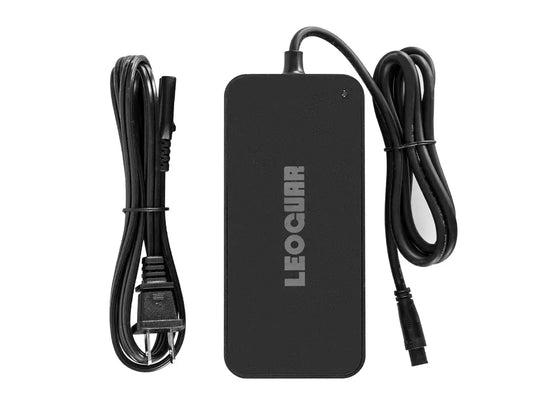
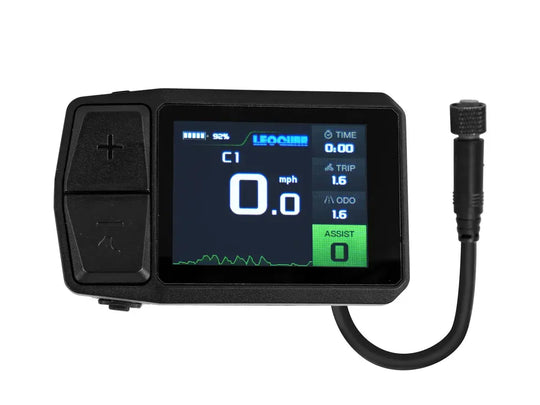







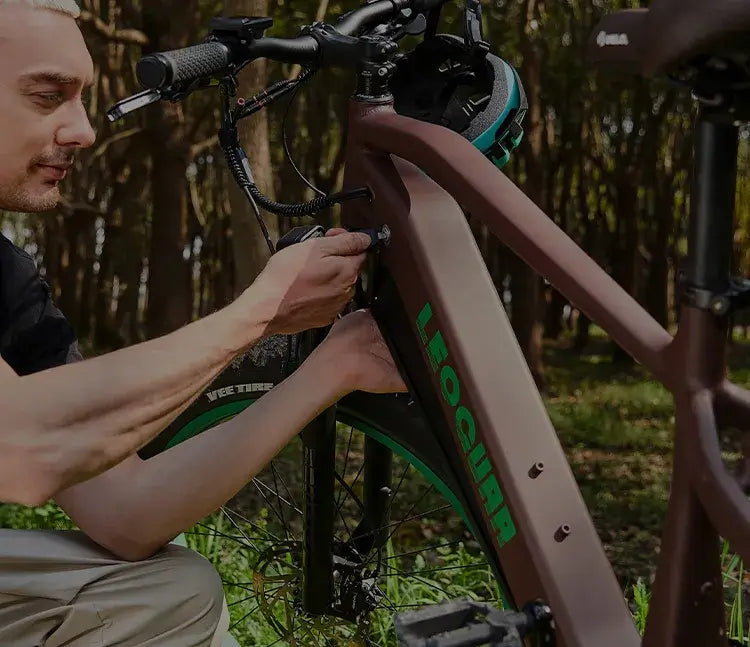
Leave a comment